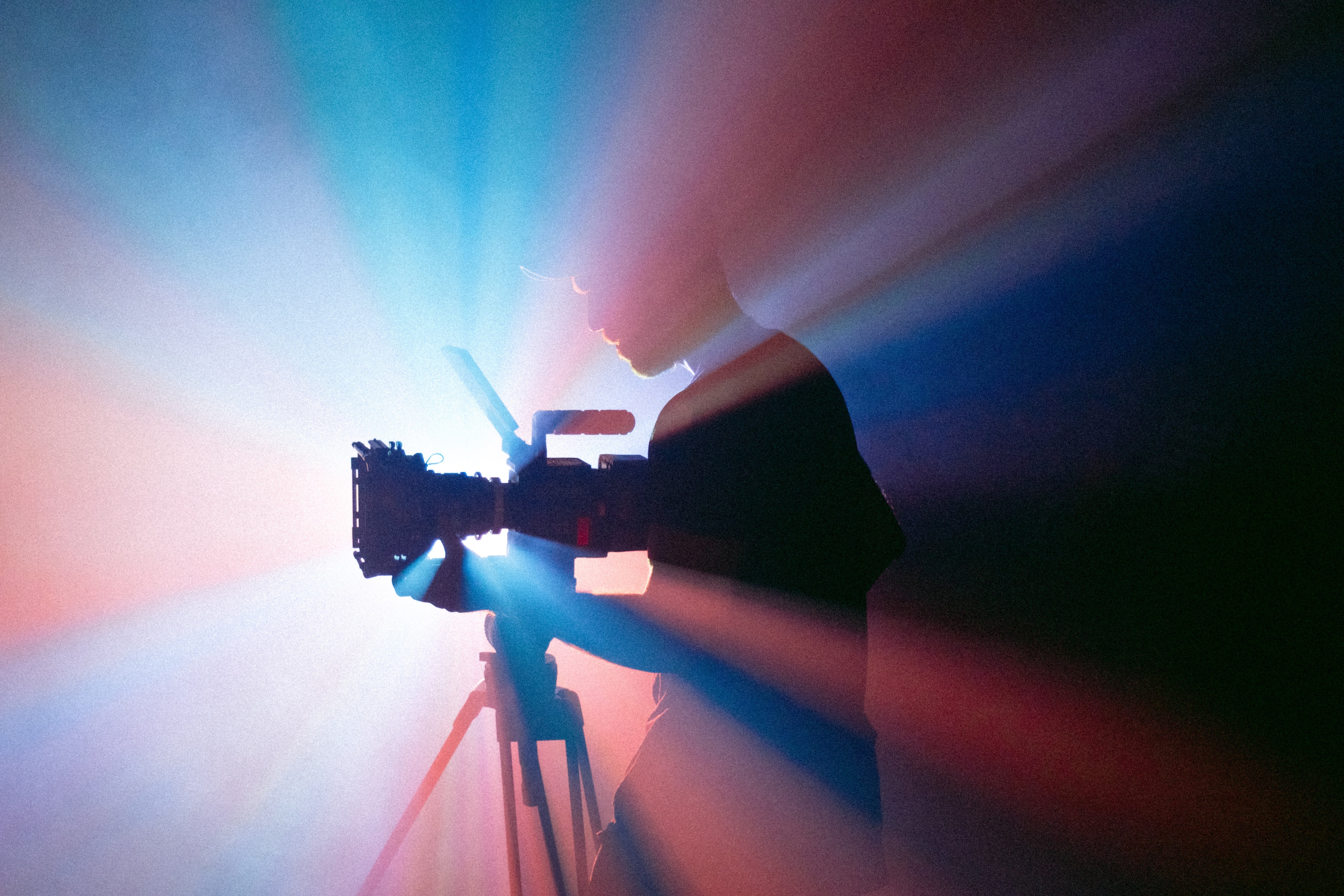Breaking the 60 FPS Lock A Technical Guide to Frame Rate Liberation in Video Processing

We’ve all been there, staring at a video playback, perhaps an older capture or a piece of archival footage, and noticing that subtle, almost imperceptible stutter. It’s the visual equivalent of a skipping record, and for anyone serious about digital media fidelity, it’s a persistent annoyance. This isn't just about smooth motion; it touches on temporal accuracy, the very way we perceive time encoded in pixels. The established dogma often centers around 24, 30, or 60 frames per second (FPS), but what happens when the source material demands something outside those neat containers, or when our modern display technology can handle—and frankly, deserves—more? Let’s examine the technical friction involved when we attempt to liberate content from these conventional frame rate ceilings.
The core issue when pushing past the standard 60 FPS barrier, especially when dealing with content originating at lower rates, isn't just about sheer computational throughput, although that is a factor. It’s fundamentally about interpolation and the introduction of synthetic information. When we take, say, a 25 FPS film segment and try to force it into a 120 FPS timeline, the software must invent 95 new frames for every original 25. Simple frame duplication looks jarringly artificial, a sort of temporal stuttering that betrays the manipulation. Advanced techniques rely on motion vectors, calculating where an object in frame A moves to in frame B, and then generating intermediate frames based on those trajectories. This process, often called motion estimation and compensation, requires extremely precise pixel tracking across multiple neighboring frames to maintain coherence. If the motion estimation algorithm misinterprets a complex texture or suffers from occlusion—where one object passes in front of another—the resulting interpolated frame will display visual artifacts, often appearing as warping or ghosting around moving edges. We are essentially asking the processor to predict the future state of every pixel cluster, a task that remains computationally intensive and prone to error, especially in high-variance or low-detail areas of the image. The resulting "liberated" frame rate is only as good as the underlying predictive model’s accuracy.
Now, consider the opposite scenario, perhaps more relevant to modern capture devices: dealing with high-speed footage that exceeds the display's refresh capability, or when we need to conform high-rate material down to a standard without losing temporal information. If our source material is captured at 180 FPS, and we are viewing it on a typical 60 Hz monitor, we are discarding two-thirds of the acquired temporal data unless we employ intelligent resampling on the playback side. The technical challenge shifts from inventing data to judiciously discarding it while preserving the perceived continuity of motion. Here, the lock isn't on the capture, but on the delivery mechanism or the processing pipeline downstream. Deciding which frames to drop requires a deep look into the temporal redundancy present in the source data; dropping consecutive, nearly identical frames is preferable to dropping frames that represent distinct moments in the motion sequence. Furthermore, when we are dealing with professional post-production workflows, conforming a 59.94 FPS master to a 23.976 FPS delivery format necessitates precise frame dropping or blending algorithms that respect the cadence of the original material, often using techniques like 3:2 pulldown logic even when working outside traditional broadcast standards. The goal here is maintaining the integrity of the original temporal capture, ensuring that the "liberated" viewing experience, even at a lower displayed rate, accurately reflects the moments captured.
The real breakthrough, if we can call it that, in moving beyond these traditional limitations lies not just in faster chips, but in how we model motion itself. We are moving past simple linear interpolation where one frame is halfway between two others. Current research is heavily focused on neural network approaches that learn the physics of movement across time rather than just calculating vector positions. These models attempt to understand object permanence and trajectory over longer sequences, allowing them to generate far more plausible intermediate frames when up-sampling, or to make smarter decisions about frame removal when down-sampling. It’s an attempt to imbue the processing engine with a rudimentary understanding of object behavior, moving the process from rote calculation to something approaching visual inference. This shift demands massive datasets of correctly paired temporal sequences for training, and the computational cost during real-time application, even with specialized silicon, remains substantial. We are still calibrating these systems to handle the sudden appearance or disappearance of objects without creating visual noise, the tell-tale sign of a model guessing incorrectly about the underlying reality.
More Posts from ai-videoupscale.com:
- →Upscaling Ghost of Tsushima PC to 4K Part 7 Gameplay Analysis and Frame Rate Stability at 60 FPS
- →Evaluating Safe YouTube Downloaders JDownloader2 vs Newpipe in 2024
- →Adobe Premiere Pro CC 7 Advanced Video Upscaling Techniques for 2024
- →AI Video Upscaling Comparing Temporal and Spatial Methods in 2024
- →FFmpeg Command for Preserving HDR in 4K HEVC to 1080p Transcoding A 2024 Update
- →Optimizing FFMPEG Encoding with NVIDIA GPU Hardware Acceleration A 2024 Performance Analysis